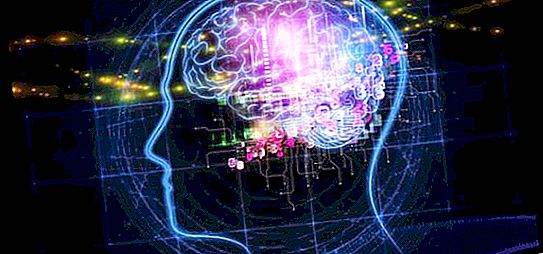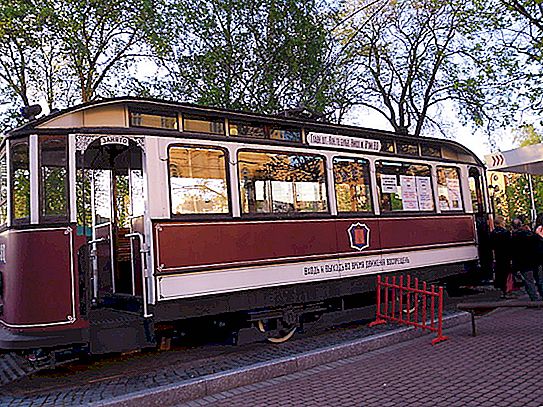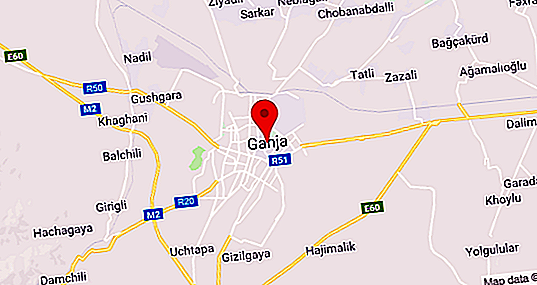Almost a dozen museums dedicated to the mineralogical appearance of our nature operate in Moscow, located in educational institutions or on their own. The Museum of Gems at the People’s Militia allows one to see firsthand that the bowels of our planet are rich and diverse.
It contains unique, priceless collections of minerals, crystals, non-metallic minerals, fossils and works of art created by stone-cutting masters. A tour of the halls of the museum allows you to quickly study the geological history of the planet and admire the beautiful mineralogical specimens.
How did it all start?
The idea to open a stone museum came up with a world-famous scientist, academician, USSR Minister of Geology A. Sidorenko. Under his auspices, in 1973, a salon was created with the beautiful name "Colored Stones", which laid the foundation for the Museum of Gems at the People's Militia.
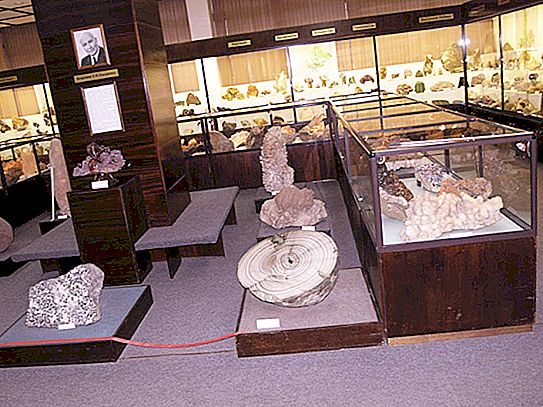
Geological expeditions and associations donated their findings to the salon. Deposits of Kazakhstan and Central Asia, the Urals and Yakutia, Siberia, the Far East and the Volga region, Ukraine and the Caucasus - all stones found a place in the exposition, which grew from year to year. In the late 70s, the exposition replenished with a collection of ores. The salon received the status of a museum institution in 1994.
Museum today
In a small, located on the ground floor of a residential building, the Gems Museum on ul. The People’s Militia represented about 14 thousand items received from deposits in Russia and countries near and far abroad. The entire exhibition occupies 5 rooms with an area of almost 500 square meters. m
First, the visitor gets acquainted with the wealth of mineral resources of our planet. Walking around the premises, in 15-20 minutes you can explore the world of mineral resources in relation to the regions and find out where topazes are mined, where are tourmaline, where is jasper, and where is jade. The attention of visitors is attracted by a druse with a topaz crystal weighing 43 kg and blocks of jade. Part of the exposition in the first hall is given to the most common mineral - quartz.
In the second hall, the products of stone-cutting masters surprise with the exquisite beauty and delicate work:
- lockets;
- panels and paintings made of small stone mosaics;
- vases, dishes, jugs and other decorative dishes made of jade, serpentine and malachite, as if descended from the pages of Bazhov's tales.
The hall demonstrates the work of masters of Moscow and the Urals from new colored stones, such as xonotlite, skarn, irnimite, as well as an extremely spectacular and popular charoite. There is a showcase where crafts with carvings on a tusk of a walrus and a mammoth are presented.
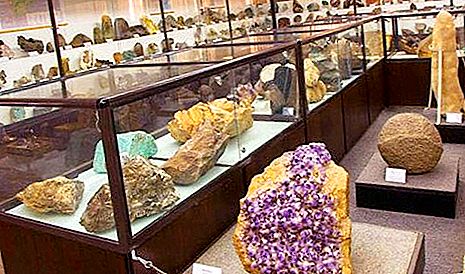
The third hall of the gem museum at the People’s Militia invariably attracts women's attention with a magnificent collection of precious and natural gems that are used to create jewelry. Stone sculptures created by artist V. Konovalenko are also exhibited here. The mosaic collection is unique: the works represent the decorative possibilities of this material and are made in various techniques, including Russian, Florentine, Byzantine and Roman.
Another interesting showcase in this room shows artificial stones obtained by synthesis. Some of them have fluorescent qualities and glow under the influence of ultraviolet or ordinary light.
Two more exhibition rooms are located in the basement: in one there is a collection of facing-decorative rocks, in the other - paleontological collections of fossils. 300 exhibits represent the world of ancient inhabitants, vertebrates and invertebrates. The decoration of the hall and the pride of the museum is the skeleton of a pareiasaur living 250 million years ago. The bones and tusks of mammoths, shells, mollusks, the modern inhabitants of the Indian and Pacific Oceans, are in this room. Of particular interest is the unique collection of rocks from the meteorite crater, which fell to Earth 37.5 million years ago.
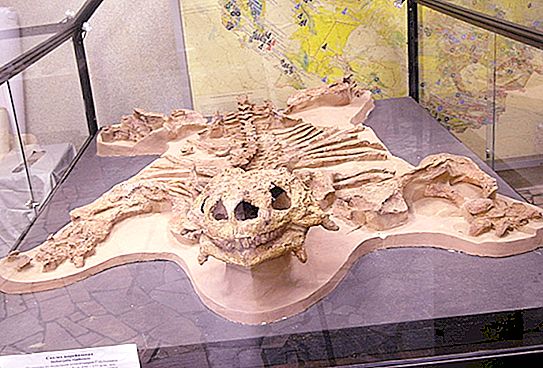
You can complete the tour of the museum in the gallery, which presents the processes of formation of minerals and features of various deposits.
Tours
To visit the museum was not only exciting, but also informative, you should go on an excursion with a professional in the world of mineralogy - a guide. Employees of the institution offer the following types of excursion support:
- Overview of the museum collection.
- Features and properties of gems.
- About the places where gems originated, and the conditions for their appearance.
- Features of decorative facing and decorative stones.
- How the art of stone carving developed in our country and in the world.
- Geological disasters on the planet.
Depending on the group, the guide leads the story, focusing on adults or children. Students, future specialists in geology, will be interested in lectures that are given by scientists at the museum.
A keepsake
It is impossible to go around the whole museum and not look into the souvenir shop.
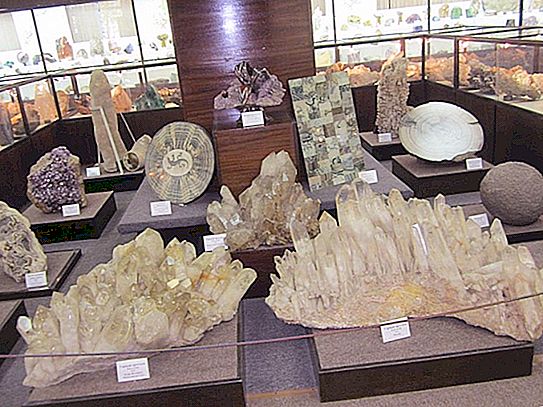
At the Museum of Gems at the People’s Militia, souvenirs are wonderful examples of collectible minerals, jewelry or crafts. The cost of work varies, but because everyone can find something to their taste and wallet. All visitors receive a brochure on the museum exposition with a ticket.
How does it work
You will not be able to get into the gem museum at the People’s Militia on Sunday - this is a day off, and on Monday - this is a sanitary day. On other days, the museum institution receives visitors from 11 to 17 hours without a break. When planning a visit, please note that the ticket office closes an hour earlier.


